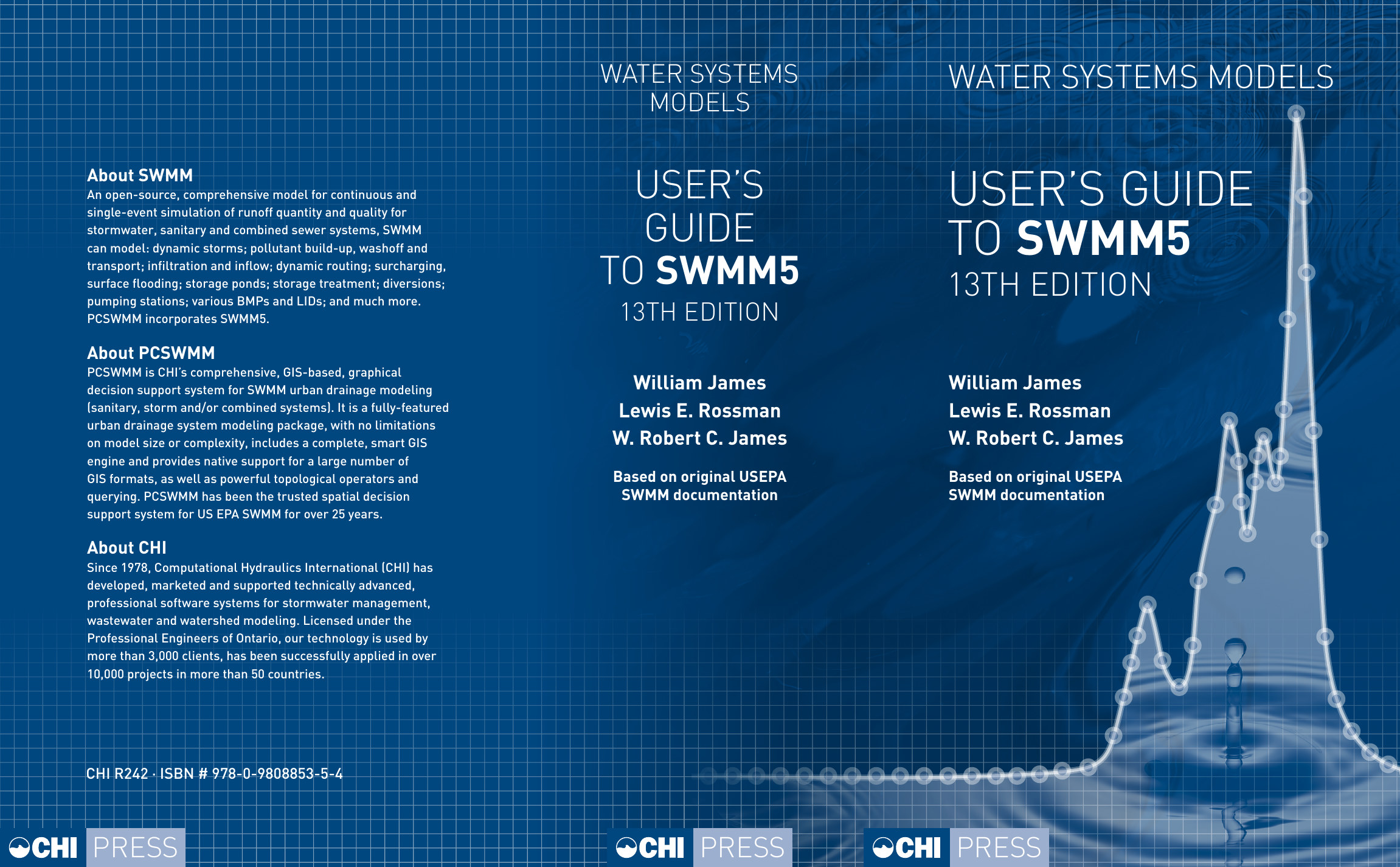

I tried a curve like this:Īnd then I tried to mimic what you have done by looking at the depth-volume output and calculate the area with the trapezoidal equation again:Īt depth of 5.39, my calc area from the output is 6.46, which is out of range based on my storage curve. Before trying out the -ve values, I first tried to understand how SWMM will handle curves with area flipping back and forth between high and low values (which happens when I tried to back calc the area from my elevation-volume curve). So I conducted some more isolated storage node test as suggested by you. But if I strictly interpolate from the curve table, at 6.81, the X (area) value should be closer to 5 than 1.


Another thing is that at the depth of 6.81, the calculated area is 1.24. That's probably the critical range for me understand what is the impact on the results if -ve area is inputted. What's the minimum area in the engine that you mentioned?Īlso, I noticed that in your second table, the depth range between 3-6 is missing. Using the volume from SWMM to calculate the area you get this equation:Ī(n+1) = 2*(Vol(n+1) - Vol(n)) / (d(n+1) - d(n) - A(n) In the actual SWMM computations the increments are smaller. Just taking the 1st volume as an example and using Joseph Pang's referenced equation: I did not have link so the extra area of the links to a storage node is not included in the volume calculations. Here is the output of SWMM5 (depth from the model run, area interpolated by SWMM and the computed Storage node volume). Here is the Storage table I used as input to SWMM 5: You can do a simple test of a isolated storage node by entering a storage curve and looking at the volume of the storage node in the SWMM5 output. You will have to use a very small minimum surface area or SWMM will use the minimum area. You also have to make the area negative area in a text editor, the GUI will only allow Area >= 0. You can enter negative areas but the area is changed to the minimum area in the engine.


 0 kommentar(er)
0 kommentar(er)
